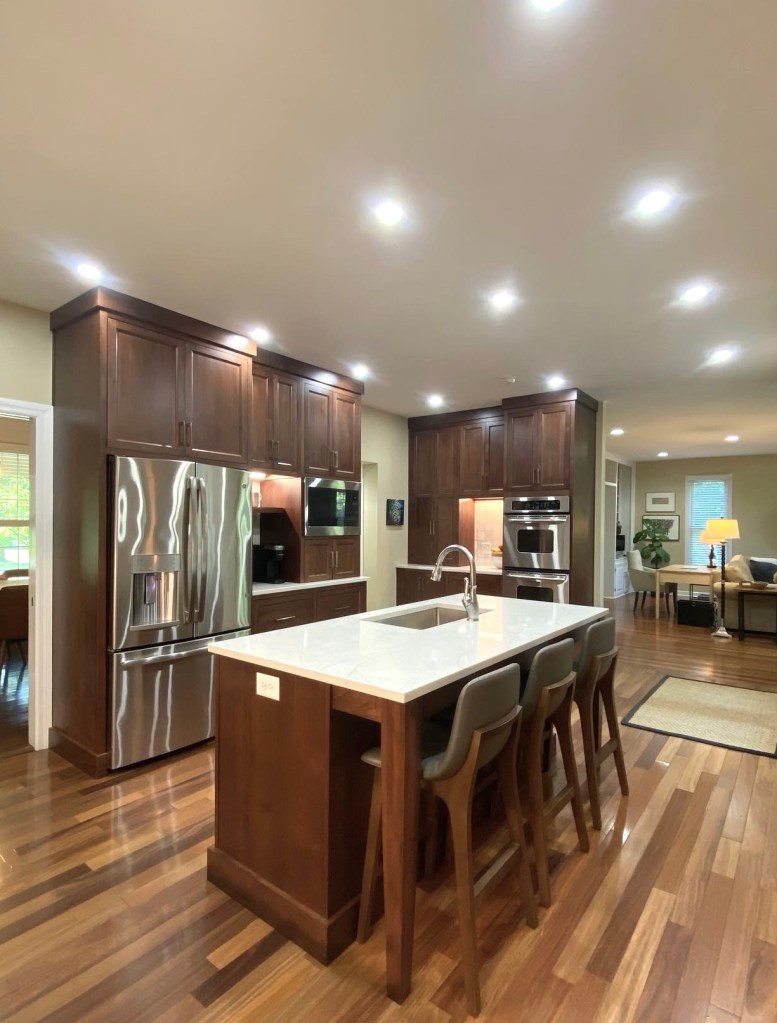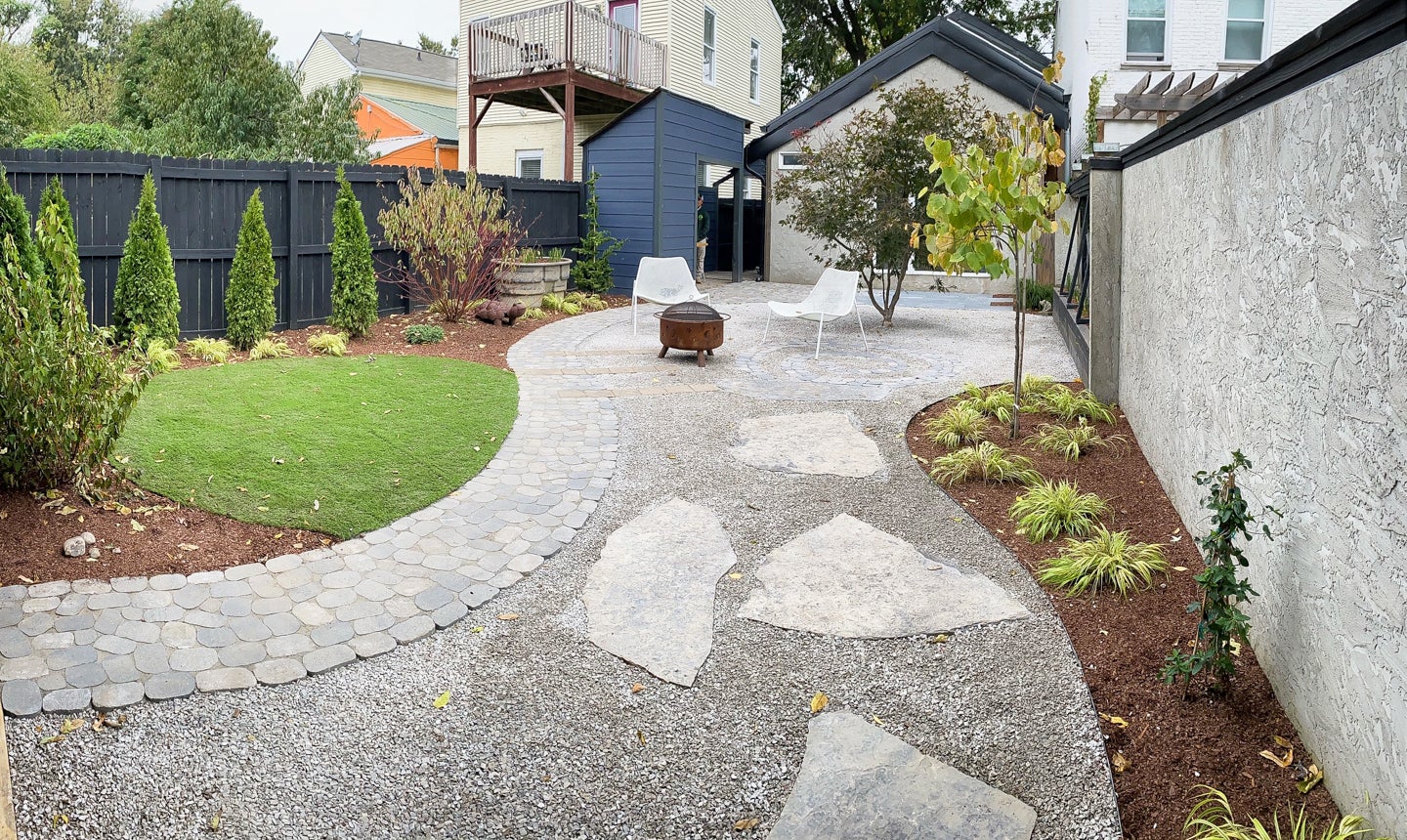As my husband and I prepare to purchase our next home, we find ourselves as buyers and sellers in the local real estate market. We have completed similar transactions on at least six homes and are not novices. With every new real estate project comes new expectations, ever changing considerations and always a few surprises. Both buyers and sellers need to be prepared.
With real estate there are two separate transactions — buying and selling. The following suggestions are based on our experiences with nearly a dozen buying and selling transactions. Use this as a quick review on how to present your home for sale and how to prepare yourself for the purchase of a new home. Sticking a sign in the yard, or simply walking through an open house seems easy, but completing a successful real estate transaction (on either side) is much more complicated.
- Sellers. There are a lot of resources to help in the establishment of price. Pricing, if you are willing to be fair, is easy. The hard part of selling is the presentation of your home. Edit and repair are the two tasks to remember. Edit clutter and edit personal effects. The buyer is not interested in your obsession for dolls, toys, grandkids or overcrowded rooms of inherited furniture. Buyers need to be able to picture themselves in your home. Too many personal belongings are a turn off. Cluttered rooms look small. Repair anything you can repair, within reason. Buyers don’t want to spend money on the purchase of a home and then face a long list of to do items. Clean everything — door frames, under sinks, tile, windows and fireplaces. Limit fragrances as it suggests you are covering up an unpleasant odor. Do a review of what is in the kitchen and bathroom drawers and cabinets. (Yes, buyers look.) Refresh landscaping. Buyers really don’t want to do your weeding for you.
- Buyers. Check expectations. No home is perfect — not even yours. Keep the kids, grandma and your best friend at home — are they really a part of the decision? You are more than likely looking at a home someone is currently living in. Be respectful of private spaces. Rifling through personal belongings is an absolute no-no. You should never request a showing on a home you either can’t purchase or have no intention of purchasing. Do not be a “Looky Lou.” It is hard work to pull together a house for a showing so be intentional in your requests. When pricing becomes part of the conversation, rely on local professionals. Do you really believe an online resource in California knows the nuances of a local property? Use these resources as a guide, but do not take them as a final authority. And, if you are not a professional in the real estate profession, you may not know or understand the valuation of a particular home.
- Photography. Real estate agents are using professional photographers, more and more. Good pictures sell. Bad pictures are just that, bad pictures. Photos should be strategic and show important areas of the house. Key photos will include the kitchen, the living areas and bathrooms. Not including an important photo (like an unfinished bathroom) may signal an alarm to a buyer and possibly prevent the home from even getting a showing. Turn the lights on — dark rooms don’t sell. Clutter also creates a bad impression. Have you ever seen a magazine photo with clutter? Droopy furniture, dirty walls and poorly maintained rooms that are seen through photos will not aid in the sale of a house. Get rid of it, clean it and fix what you can. Don’t forget the exterior, it may be one of your home’s best assets.
- Documents. Documents used for a real estate transaction are highly technical legal instruments. Many are templated documents written from various legal perspectives. As such, they are written to protect the buyer and the seller. Most include federal law mandates requiring disclosure of the potential for lead based paint and fair housing practices, among other federal law particulars. The documents will always include options to terminate and procedures to follow to complete the sale or purchase. Two of the most important documents are the Contract for Purchase, which outlines the terms of the sale, and the Seller’s Disclosure of Property Condition (if you are using a realtor). Both should be read closely. Sellers should know that not reporting something can get them in bigger trouble than if an issue is reported. Buyers should understand that this is a disclosure that reports on, to the best of the seller’s knowledge, the condition of the home.
- Timing. Real estate transactions take time. For the most part they are hurry up and wait scenarios. As a seller you hurry to prepare the house for sale, you wait for the scheduling of showings, you scurry to prepare for showings and then wait for the feedback. As a buyer you anxiously await notification of your offer being accepted, or if you find yourself in a negotiation. You sign a contract and wait for inspections, appraisals, title work and closing dates. At any point in time the transaction can fall apart, there are no guarantees in real estate. Don’t count on the sale of a home being finalized in less than 30 days. While there are some sales that might be faster, most are longer. Often one transaction is dependent on another sale, and maybe even another. These “contingent” sales keep everyone on edge. Be patient and be polite. Proceed tentatively. Do not count on anything being completely final until the closing occurs and the deed is signed.













